Is your WordPress site slow to load? Are you looking for ways to speed up WordPress or get better performance? While WordPress is a fantastic platform, one of its weaknesses is that it can become sluggish.
But, just because your website takes a long time to load, it’s not a signal that you should ditch WordPress in favor of some other content management system (CMS). Having a slow-loading site is certainly something you should address immediately, however. WordPress page speed can be often neglected by some WordPress developers, they develop your site without often thinking about page speed. Now that Core Web Vitals have been added as part of the page speed ranking factor it’s important to clear with your WordPress developer or WordPress development agency exactly what they will be doing and if optimization for Google page speed is included in your cost.
Here is why you should care about your website’s speed, how you can test WordPress loading time, and a list of options for speeding up your WordPress site.
Recommended: WordPress for Beginners the Ultimate Guide to Help You
The Impact of a Slow WordPress Site
If you aren’t worried about your site being a bit slow to load, you definitely should. Website speed matters for a variety of reasons.
- The user experience – People just don’t have the patience anymore to wait for slow websites to pop up on a screen. Studies have shown that if your site takes two seconds or more to load, your bounce rate could jump by as much as 103%.
- Your online reputation – It’s no secret that people judge your brand by its online presence. If no one can access your website due to slow loading or too much downtime, this is going to make your business look terrible compared to its peers.
- Your website ranking – According to Google, page load speed is now being used as a site ranking factor. So, if you aren’t paying attention to this, you can expect that the search engine giant will notice and punish you with lower rankings.
- Your bottom line results – As if lower rankings weren’t enough to hit you in the wallet, there’s more. Studies also show that an extra 100 milliseconds of extra loading time could reduce your conversion rates by roughly 7%.
6 Options to Speed Up Your WordPress Site
The best news is that you can speed up your WordPress site significantly by taking some simple actions. And you don’t have to be a tech genius to do most of these. Since WordPress is so user-friendly, you can accomplish a lot with a plugin, a small line of code, or some other small action.
Here are some options for speeding up your WordPress site. They aren’t necessarily in order of importance, but the more of these optimization tips you can implement, the better off you and your visitors will be.
1. Get Reliable Web Hosting
When you’re first starting out, it might seem like finding the cheapest shared hosting plan is the best option. But, when it comes to website speed, going cheap isn’t always the best idea.
Where many shared hosting plans or WordPress hosting plans “grab” a new customer’s attention is with promises of “unlimited” space, bandwidth, domains, emails, etc. This is misleading because these plans will throttle down their speed during peak traffic hours and don’t guarantee uptime, meaning visitors may try to come to your website and find that it is “down.”
In short, you are “sharing” the resources with hundreds, if not thousands of other sites. If one of those sites is posting videos, has eCommerce traffic, or is pushing out emails, it could be taking up more than its share of resources. Also, you have no idea how well a shared host is optimizing its servers.
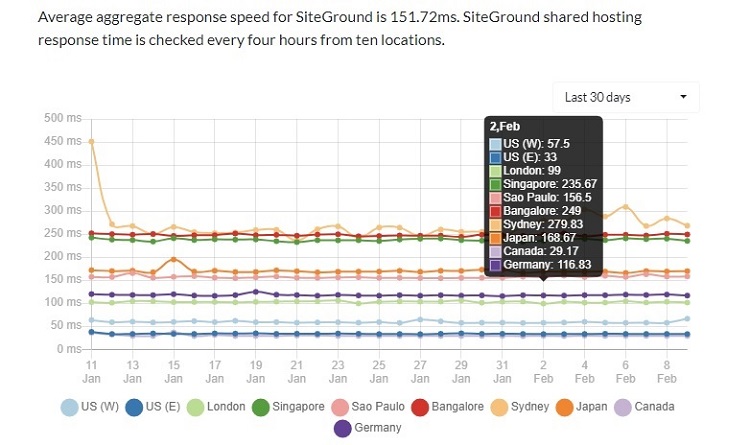
Server response speed and uptime are the two important features you should look into for a reliable web host. HostScore and Trustpilot are some of the trusted sources you can refer to when looking for web hosting performance and consumer reviews.
2. Optimize Images
When your website has to load massive or complex images, it’s a good idea to compress and optimize your images as large images can slow it down to a crawl. It might appear that reducing images sizes or compressing them will erode their quality, but this isn’t the case.
Instead of going into your site’s Media Library, examining each image, and doing something to optimize it, you can get all of this done instantly for you with a WordPress plugin. Some of the image optimization plugins you can use include:
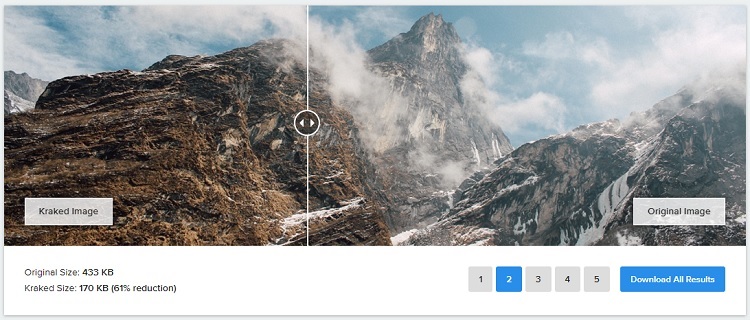
If you’d rather resize your images individually, you can use an online compression tool like Kraken or TinyPNG to get the job done before you add it to your WordPress site.
3. Use a Caching Plugin
WordPress caching plugins are nothing new, but some people still either fail to use them or don’t make the most of them. A plugin like W3 Total Cache can reduce the regular requests to your database for things like displays and static HTML pages, which can drastically increase speed.
A caching plugin will have a ton of options, so you should look for some standard set up directions online to get the most out of your experience. Leveraging one of these can also help your website handle a high volume of traffic should it become popular.
4. Use CDN
Unless building and working with websites is a regular thing, you likely haven’t heard of CDN’s. But, most big blogs and sites use them, and this is another tool you can use to speed up your WordPress loading time.
A CDN, or content delivery network, is a distribution of servers off-site that will efficiently deliver your content. When someone in Europe tries to access your site, they’ll get content delivered from an off-site data center in Europe. When someone in the U.S. clicks on your link, the content comes from places in North America.

Some of the benefits of CDNs are that they offer:
- Better speeds – Since parts of your site are coming from servers closer to the user, the page load speed will be faster.
- Savings on bandwidth – You will use less bandwidth, or use it more efficiently when you store parts of your site remotely.
- Increased availability – Because CDNs offer high levels of redundancy, you will have less downtime.
- Higher levels of protection – CDNs are designed to handle high traffic volume, so they are less likely to crash if there is a DDoS attack.
There are a ton of CDN providers. For example, Cloudflare has a free option that you can upgrade as your needs expand. Another choice is StackPack, which was formerly MaxCDN. If you install that caching plugin, you can integrate your CDN directly through the dashboard.
5. Enable GZIP Compression
Similar to compressing images, you can also compress some of the files on your website to conserve disk space and optimize performance. This is referred to as GZIP compression. Using this method will drastically reduce the amount of bandwidth that your site uses and reduce the time to load your site.
You can apply GZIP compression to a variety of files on your site, either manually or through a plugin like PageSpeedNinja. If you are going to do this manually, you’ll need to add the following code to your .htaccess file.
[code]
AddOutputFilterByType DEFLATE text/html
AddOutputFilterByType DEFLATE text/css
AddOutputFilterByType DEFLATE text/javascript
AddOutputFilterByType DEFLATE text/xml
AddOutputFilterByType DEFLATE text/plain
AddOutputFilterByType DEFLATE image/x-icon
AddOutputFilterByType DEFLATE image/svg+xml
AddOutputFilterByType DEFLATE application/rss+xml
AddOutputFilterByType DEFLATE application/javascript
AddOutputFilterByType DEFLATE application/x-javascript
AddOutputFilterByType DEFLATE application/xml
AddOutputFilterByType DEFLATE application/xhtml+xml
AddOutputFilterByType DEFLATE application/x-font
AddOutputFilterByType DEFLATE application/x-font-truetype
AddOutputFilterByType DEFLATE application/x-font-ttf
AddOutputFilterByType DEFLATE application/x-font-otf
AddOutputFilterByType DEFLATE application/x-font-opentype
AddOutputFilterByType DEFLATE application/vnd.ms-fontobject
AddOutputFilterByType DEFLATE font/ttf
AddOutputFilterByType DEFLATE font/otf
AddOutputFilterByType DEFLATE font/opentype
# For Olders Browsers Which Can’t Handle Compression
BrowserMatch ^Mozilla/4 gzip-only-text/html
BrowserMatch ^Mozilla/4\.0[678] no-gzip
BrowserMatch \bMSIE !no-gzip !gzip-only-text/html
[/code]
When you are done, test your site with the tool to make sure that Gzip is working properly for your site.
6. Do Site Maintenance
It would be fantastic if you could do all these things and be finished, but WordPress needs a bit of attention to keep working at the highest level possible. You should also put continued site maintenance on your list to perform some housekeeping steps that will add efficiency and speed to your site. Some of these include:
- Clean up comment spam
- Search for and fix any broken links
- Update plugins
- Optimize your database with a plugin like WP-DBManager
How to Test Your WordPress Loading Time
Before you can speed up your website, you need to measure its speed. In other words, you need a tool to use as a benchmark so that you know your starting point and can continue to monitor your progress. Fortunately, there are several excellent tools to test WordPress performance you can use.
Google PageSpeed Insights
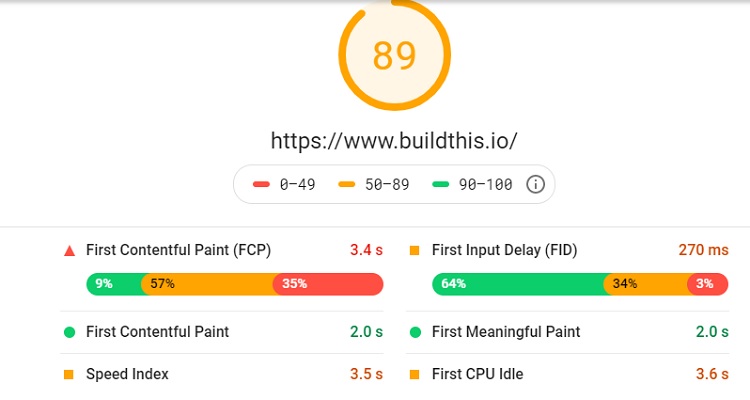
Since you are trying to impress Google, it’s a good idea to use the search engine’s own tool as one of your measurements – even though it doesn’t provide a speed figure. PageSpeed Insights includes a ton of features that includes giving you performance measures across a variety of devices.
Pingdom Tools

Pingdom is a free website speed test tool that also gives you a ton of metrics on performance. You’ll get data for each page of your WordPress site. The tool also saves your history so you can track progress.
GTmetrix
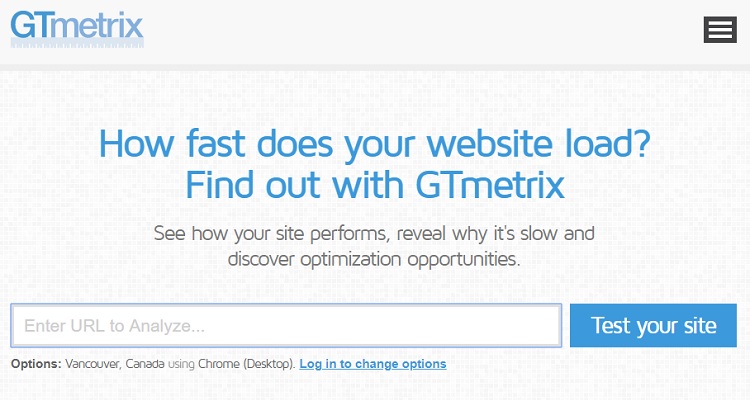
Another feature-rich testing tool is called GTmetrix. This one also saves your history so that you can see how you’ve improved. It will also show you a video analysis of your site loading so that you can see where the issues are.
WebPagetest
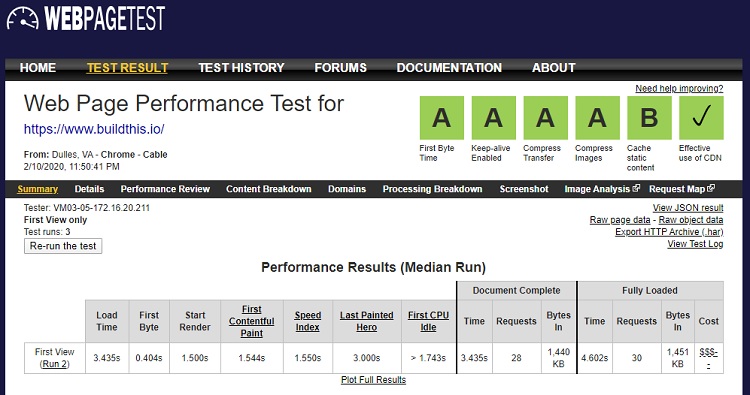
WebPagetest is similar to GTmetrix. You can get a visual breakdown of the performance of your WordPress site. It is unique in that you can choose different countries for the test.
Conclusion
The main advantage to speeding up your WordPress site is that it is going to drastically improve your visitor’s experience. But, your experience as the site owner will be much more positive as well. Faster sites get more traffic, rank better, and get more conversions. There’s simply no reason not to make site speed one of your top priorities.
Comments are closed.